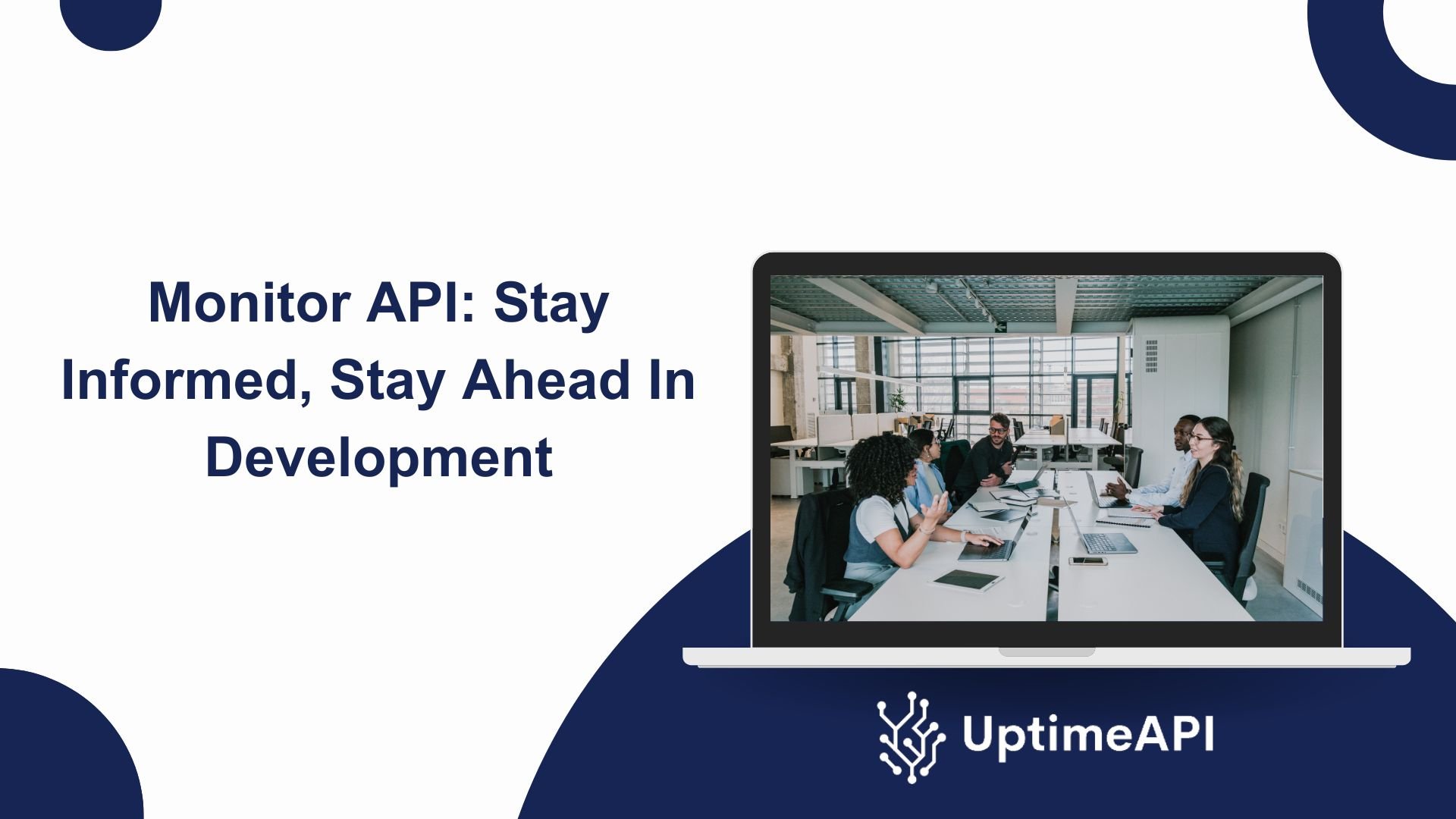Monitor API: Stay Informed, Stay Ahead In Development

A key component of development projects that succeed in the ever-changing digital ecosystem of today is the Monitor API. Assuring peak performance, dependability, and a flawless user experience are all made possible by it. For development teams looking to maintain an advantage in a more competitive landscape, it is critical to comprehend the subtleties of API monitoring.
Enhancing Performance and Reliability
Improving software systems' dependability and performance is largely dependent on the Monitor API. Development teams can locate performance problems, identify bottlenecks, and take proactive measures to address them before they worsen by regularly monitoring and evaluating critical indicators. This proactive strategy promotes a more robust and reliable software ecosystem in addition to reducing downtime.
A smooth user experience is the foundation of any successful program. This is made possible in large part by API monitoring, which makes sure that APIs operate at peak efficiency and provide end users with dependable and consistent service. Development teams may prevent problems that could worsen the user experience and increase happiness and engagement by keeping an eye on variables like response speed, error rates, and uptime.
Understanding The Monitor API
A Monitor API refers to the process of continuously observing the performance and behavior of APIs to ensure their optimal functioning. It involves tracking various key metrics such as response time, error rates, and uptime to gauge the health and performance of APIs. The primary purpose of API monitoring is to detect anomalies, identify potential issues, and take corrective action to maintain system reliability and performance.
While reactive monitoring involves addressing issues after they occur, proactive monitoring takes a preventative approach by anticipating and mitigating potential problems before they impact users. Proactive monitoring is crucial in today's fast-paced development environment, where even minor disruptions can have significant repercussions. By adopting a proactive stance, development teams can stay one step ahead and minimize the impact of potential issues on their projects.
Uptime API

The Uptime API allows you to monitor your APIs. It works by regularly confirming that your APIs are up and running and performing as expected. Setting up monitors is easy. You can set up monitors by providing the URL of the desired API endpoint to be watched, along with the option to adjust the watch's timeouts and intervals. The historical data and analytics the API provides will allow you to track changes in API performance and uptime over time. Get access to your logs so you can look into any issues with the API.
The Uptime API's monitoring intervals determine how often it verifies your API's functionality, and its timeouts specify how long it will wait for a response. You may customize monitoring to your preferences and needs using these parameters. You may set up alarms and select which contacts should receive notifications on your dashboard. This way, you may then update your team. From a selection of customizable options with varying monitor constraints, you can choose the package that best suits your monitoring needs.
All prices are displayed in US dollars. We take all major debit and credit cards. Utilizing the most recent security technology, the payment system is powered by Stripe, one of the most respected payment companies in the world. Furthermore, you can test the Uptime API for free for thirty days before choosing to upgrade to a higher plan.
